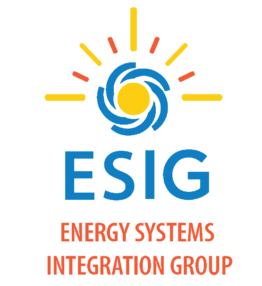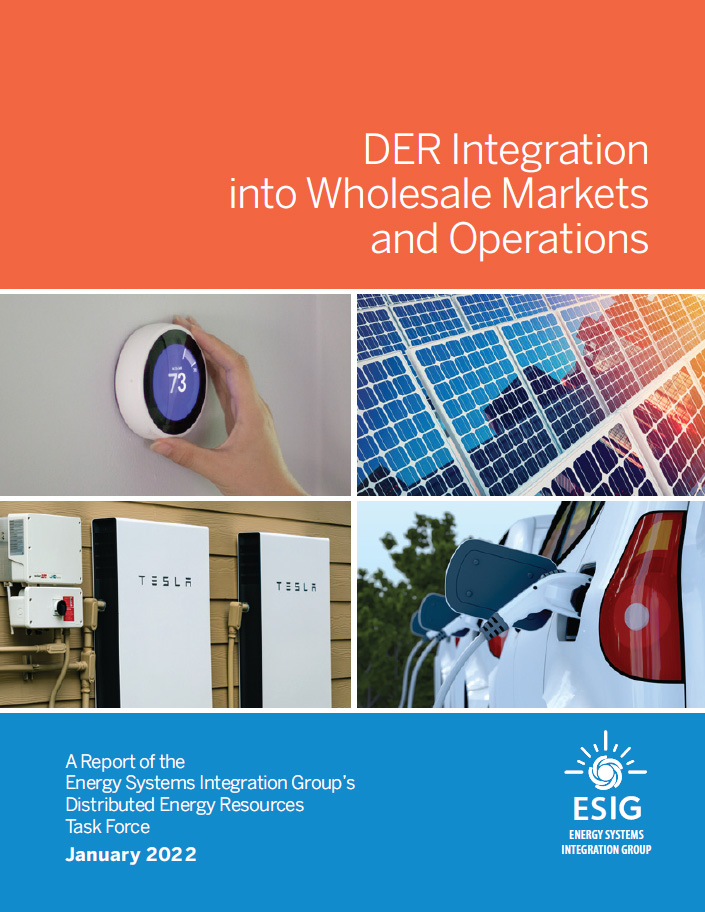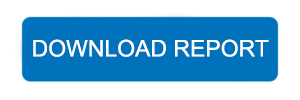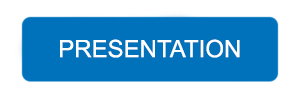This report is the first in a series of three reports on DER integration. See also the second report, Lessons Learned for the U.S. Context: An Assessment of UK and Australian Open Networks Initiatives, and the third report, The Transition to a High-DER Electricity System: Creating a National Initiative on DER Integration for the United States.
Distributed energy resources (DERs) can provide a range of benefits for electricity systems and customers. But realizing these benefits will require enhancements to distribution system operations as well as closer coordination between distribution and transmission systems. Without coordination, electricity systems risk being exposed to inefficient capital spending and operational challenges, leading to unnecessarily high costs and potentially lower reliability.
The report, DER Integration into Wholesale Markets and Operations, by the Energy Systems Integration Group examines the changes in regulation, market rules, planning, and operating practices needed to better integrate DERs into U.S. wholesale markets and operations. Its focus is on nearer-term implementation of the Federal Energy Regulatory Commission’s (FERC’s) Order 2222, the order’s implications for electricity distribution systems, and the broader gaps related to DER integration in wholesale markets and distribution systems.
Three structural participation models are discussed, outlining the major ways that DERs can participate in wholesale markets.
-
- In the DER aggregator model, long used by demand response providers but broadened under Order 2222, DERs can participate in the supply side of ISO markets through a DER aggregator.
- In the load-serving entity (LSE) model, DERs passively or actively participate in ISO markets through load-serving entities’ demand bids or changes in metered demand.
- Both of the above models have drawbacks that could be addressed through a third model, the total distribution system operator (DSO) model, in which a functionally independent distribution system operator ensures that DER supply offers and demand bids would not violate distribution system limits before the offers are submitted to the ISO markets, and ensures that DER responses to ISO dispatch instructions respect any changes in distribution system conditions.
FERC Order 2222 implementation. Many of the tasks for nearer-term implementation of FERC Order 2222 need to happen at the state regulatory and distribution utility level. Changes needed in the near term are less about technological investments and more about utility procedures and coordination, and include gaps pertaining to:
-
- Distribution interconnection procedures for individual DERs
- Distribution utility review of a proposed DER aggregation; Order 2222 allows utilities a maximum of 60 days for this review
- Communication of distribution system outages and abnormal configurations
- Distribution utility overrides of ISO dispatches
Broader needs. Over the long term, fundamental changes are needed in eight areas:
-
- Transmission and distribution planning coordination
- Distribution interconnection and aggregation review
- Communications and data-sharing
- Distribution operations
- Federal-state market regulation
- ISO market design
- Open access distribution tariffs
- Utility regulation and business models
The report concludes by calling for a national, industry-wide dialogue to begin around forward-looking issues in anticipation of growing DER adoption, where solutions can be accelerated through joint, creative problem solving.
This report is the first in a series of three reports by ESIG on DER integration into electric power systems. The second report provides an assessment of the United Kingdom’s and Australia’s “open networks” initiatives, with an eye toward assessing lessons for the United States. The third report builds on the first and second reports, and describes how a national, industry-wide dialogue on forward-looking issues in the United States might be focused, structured, and implemented.
*Please note the ‘Slide Show Recording’ includes an audio voiceover and requires Microsoft PowerPoint to play. If you are unable to open in PowerPoint, you may view on the ESIG YouTube channel here.






